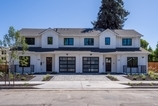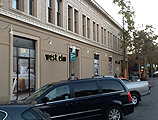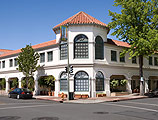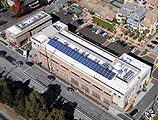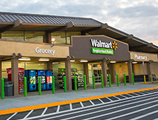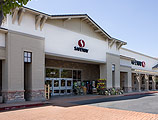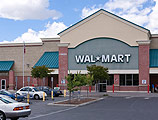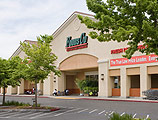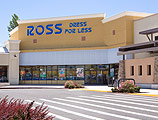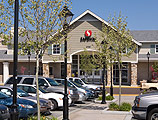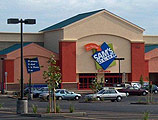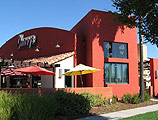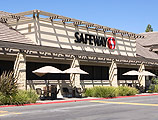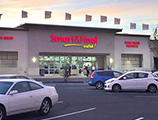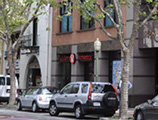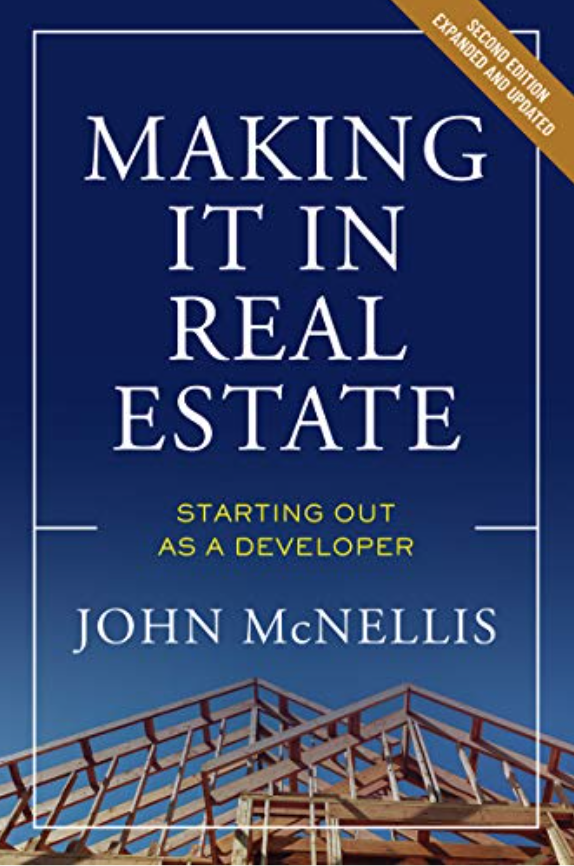These are the times that try landlords’ souls. Office building owners are scrambling, some tossing the keys to their lenders, others gilding their buildings to attract the few tenants left in the market, still others eager to convert their towers into uses not beset by the wasting disease of work-from-home. This column explored the feasibility of converting office buildings into apartments (Buying Time in San Francisco June 2023). The conclusion? Very, very few office buildings lend themselves to residential conversion, and even the handful of skinny buildings that do would require massive public subsidies to pencil out.
Some landlords have another idea: converting their emptying portfolio into life science buildings. At first glance, this looks promising. From the outside at least, LS buildings are indistinguishable from office buildings. How hard could such a conversion be?
Before considering that, a thumbnail sketch of commercial life sciences might prove useful. “Life Science” is a genus that includes a host of loosely related species: pharmaceutical companies (“Big Pharma”) devoted to the development of new drugs, biotechnology companies developing new products from biology, medical technology companies, surgical robotics, AI based diagnostics, gene therapy, polymer chemistry, etc. Each of these has differing requirements for their facilities, but all typically devote about 50 percent of their space to “wet lab” or “bench work” uses, that is, the laboratories in which they do their experiments.
A life science tenancy—especially in today’s remote work world—has undeniable curb appeal. Starting with the money, LS tenants often pay far more rent than their office counterparts, sometimes nearly twice as much; the LS vacancy rate in the Bay Area is about 12 percent, roughly half that of general office vacancy; and LS tenants are far stickier than office tenants, even than their tech counterparts. The geniuses behind LS companies are almost invariably scientists associated with the country’s finest universities (hence LS’s heavy concentration in Boston and the Bay Area). Geniuses who cannot replicate their storied university labs in Idaho and who enjoy traffic about as much as we mere mortals. Thus, it’s no surprise that the Bay Area’s LS companies are huddled within a 15-minute drive of Berkeley, UCSF and Stanford. And here’s the corker: you can’t do “wet work” while watching Sponge Bob at home. One top Stanford scientist estimated that on any given day 70 percent of his staff are at their lab benches. One LS landlord reported his incubator space as running at 100 percent occupancy.
That said, LS has fallen hard from its Covid-driven peak. Just at the moment that its venture funding has dried up, millions of square feet of brand-new, speculative LS buildings are coming online in the Bay Area, any number of which are emptier than a banker’s promise. In fact, the RE market for LS is so challenged today that savvy observers are predicting its collapse. To the extent it does, it should rebound swifter than the office market. Why? We have just 500 treatments against an array of roughly 10,000 diseases, illnesses and conditions—starting with the common cold—for which there is no cure today and our population is not only aging but living longer and sicker. Do you think the National Institutes of Health will ever curtail its billions in medical research subsidies?
That’s the upside. The down is almost as compelling. There are an estimated 3400 LS companies in the Bay Area: 10 giants (e.g. Gilead), 30-50 medium sized companies with, say, a $100 million plus in sales and an army of startups with big dreams and nothing yet to sell. While they require facilities that cost 15-25 percent more than office buildings, these small companies have neither income nor credit, have fiery burn rates and are bankrolled by venture capitalists for only a couple years at a time. A landlord gets a letter of credit for a year’s rent and a prayer book. And while hard numbers on the failure rate among LS startups are scarce, it has to be considerable. They can’t all cure cancer.
Back to the feasibility of conversion. One Bay Area contractor simply said, “It’s virtually impossible.” Why? Few old buildings have the roughly 15 feet of ceiling height that wet labs need to fit in all of their specialized mechanical, plumbing, and ventilating systems. Even fewer old buildings are stiff enough to provide the delicate, vibration-free working environment that are essential to wet labs’ experimentation. And no older buildings have anything close to the monumental power these labs require. He added, “If you have the ceiling height, you could do it…as long as you don’t care what it costs or whether you’ll ever get any return on your money.”
Wish I had better news.


